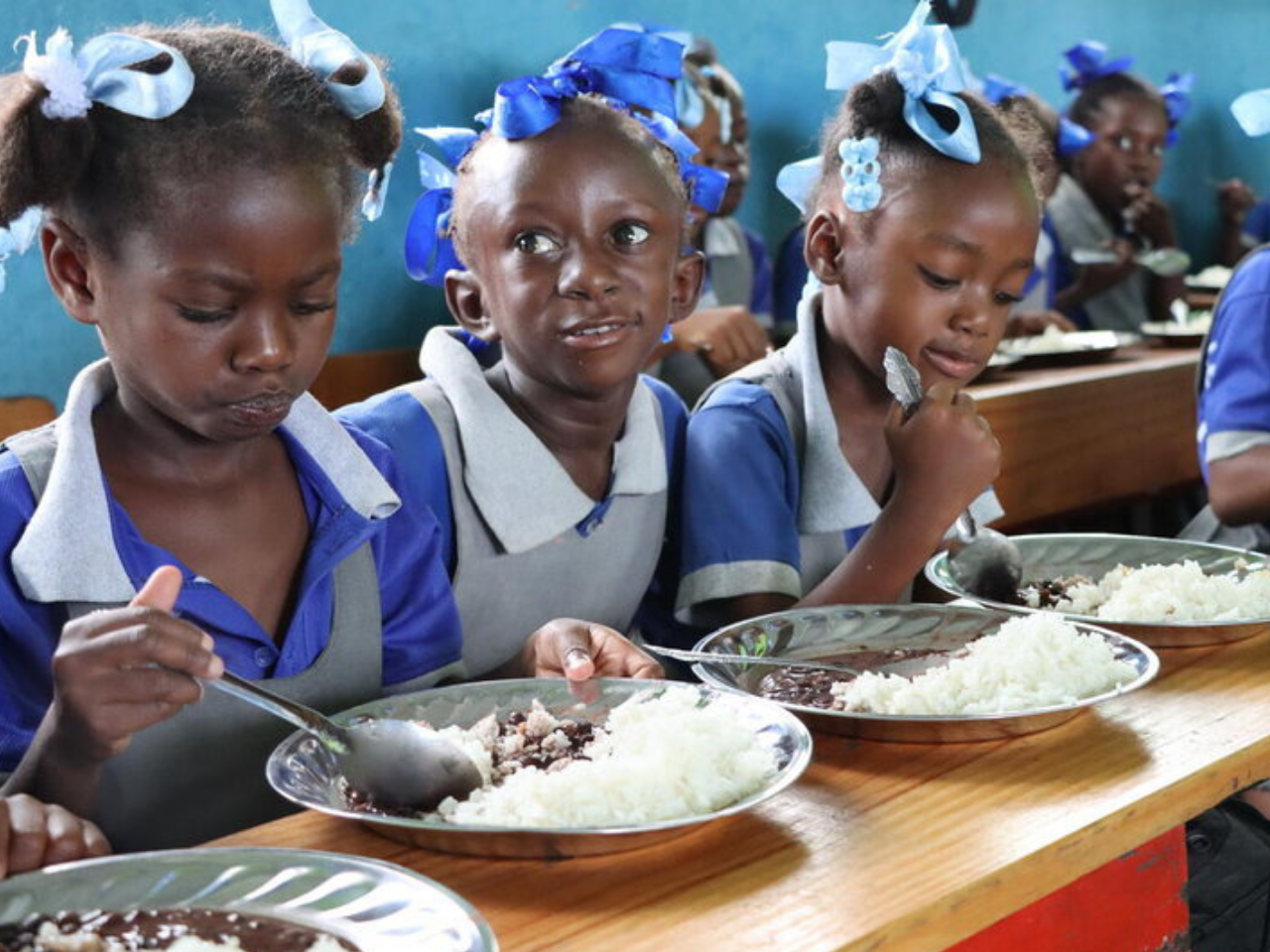Global School Meal Programs Soar: 466 Million Children Fed, 80 Million More Than in 2020
The World Food Programme notes that approximately 80 million more children now receive school meals than in 2020, bringing the total to about 466 million, a 20% increase overall. The increase in coverage is strongest at the points of greatest need: low-income countries increased coverage by roughly 60% in two years, and in Africa, there are about 20 million new daily school meals being served. The government views school feeding as a smart investment. WFP observes these programs improve children's nutrition and learning and also support local farmers and economies. WFP executive director Cindy McCain pointed out that daily school meals can be "a pathway out of poverty and into a new world of learning" for these vulnerable students, which makes them a highly cost-effective investment for the future.
Global funding for school-based programs has more than doubled. It has gone from $43 billion in 2020 to $84 billion in 2024, with 99% of that now coming from national budgets. In that sense, most programs are funded by the countries' national budgets, not through foreign aid mechanisms. The School Meals Coalition (greater than 100 governments) has effectively contributed to what has almost doubled the number of countries with official school feeding policies from 56 to 107 since 2020. Feeding programs also encourage learning: it has been found that children who eat regularly demonstrate larger increases in math, literacy, and cognitive skills than their peers who received only extra teacher training or technology inputs. This implies that food provision has the potential to address the global “learning crisis” by increasing the effectiveness of education. In addition to education, school meals function as a strong safety net and provide a great return on investment: for every $1 put into a school meal program, for example, you can expect around $7 to $35 in returns if health, education, and productivity factor in. Putting 466 million children in school comes with an estimated 7.4 million cooking and related jobs worldwide.

This is often done by sourcing food from low-income, local farmers. School meal programs also have the benefit of empowering women and improving the nutrition of children: girls typically see more gains than boys in education and health, and women can work as cooks or suppliers in the school system. WFP itself plays a significant part by helping countries develop and implement these programs. It is helping governments feed 139 million children with school meals, plus directly feeding another 21 million on its own. In emergencies (like Haiti) and fragile states (like Armenia, Benin, and Iraq), WFP has implemented feeding programs while working to build local systems that can take over. The report concludes that investing in school meals today will lead to healthier, better educated generations and stronger communities tomorrow.
Latest News
ECB Maintains Interest Rates Amid Stable Inflation and Moderate Growth
The European Central Bank has decided to keep interest rates unchanged, citing stable inflation and moderate economic growth amidst global uncertainty. Financial stability continues to be helpful towards growth. The interest rates by commercial entities are lower, and loans against property are stable, which helps the expansion of credit
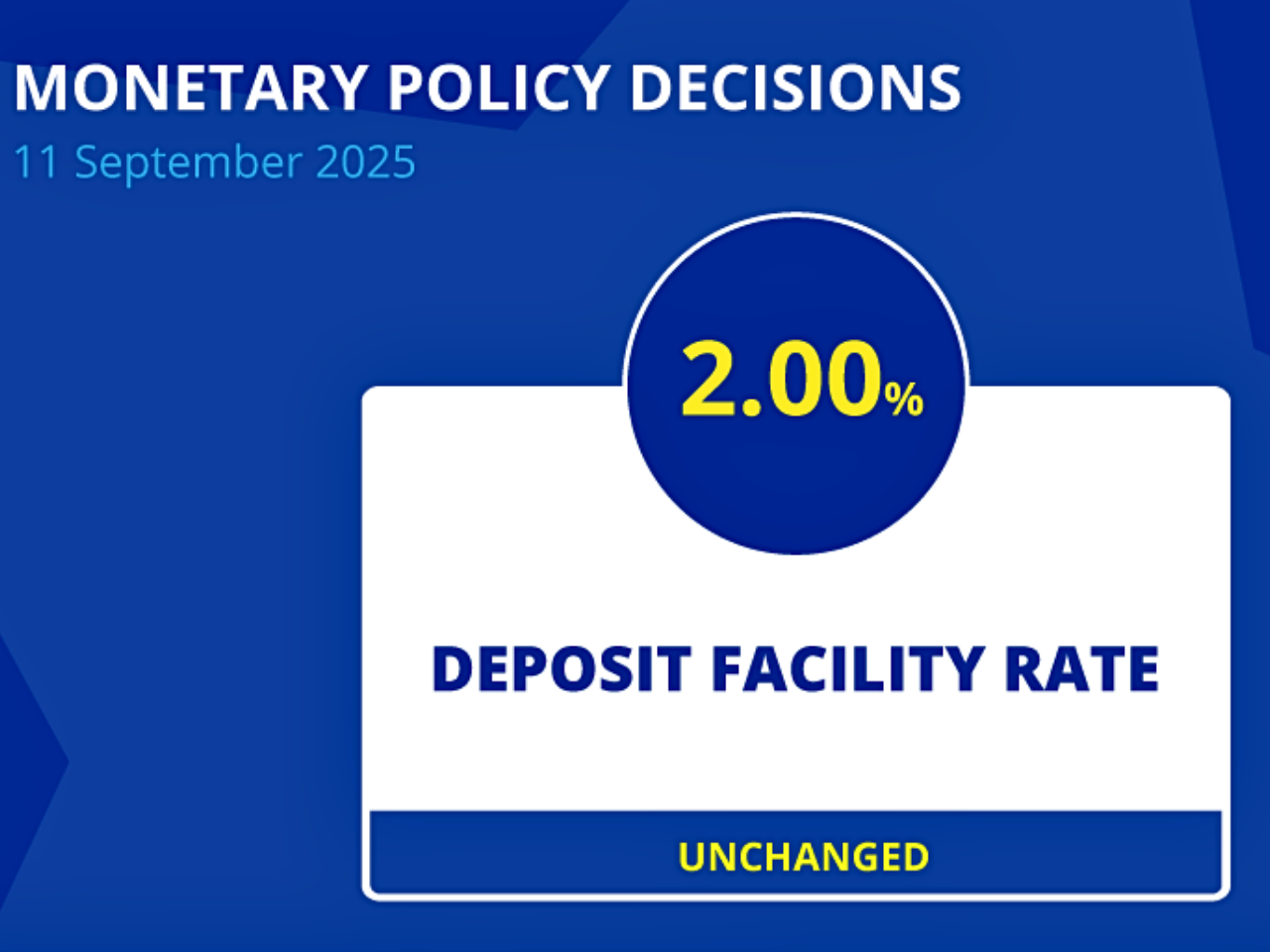
India's Economy Shows Resilience and Strong Growth Amid Global Uncertainty
The number of e-bills reached a record level, while the manufacturing PMI reached a 16-month peak, and the services continued to expand, along with the growing trade confidence. The trend of consumption was also healthy; rural demand was buoyed by a favorable monsoon, while urban markets showed strength through high FMCG sales, UPI transactions, and an increase in vehicle purchases

Ireland's Child Poverty Summit Calls for Urgent Action to Address Systemic Barriers
At the Child Poverty and Well-being Summit in Dublin, One Family, an organization that advocates for single-parent families, called on the Irish government to address the structural barriers that keep families trapped in poverty. With Budget 2026 around the corner, the organization stated the government must act quickly in the areas of housing, childcare, and social welfare to tackle reductions in child poverty

Digital Divide Widens: Developing Countries Left Behind in FDI Surge
The global digital divide will probably be exacerbated by the uneven increase of investment throughout digital development, which will leave many nations missing out on the economic and technological advantages enjoyed by a small number of nations
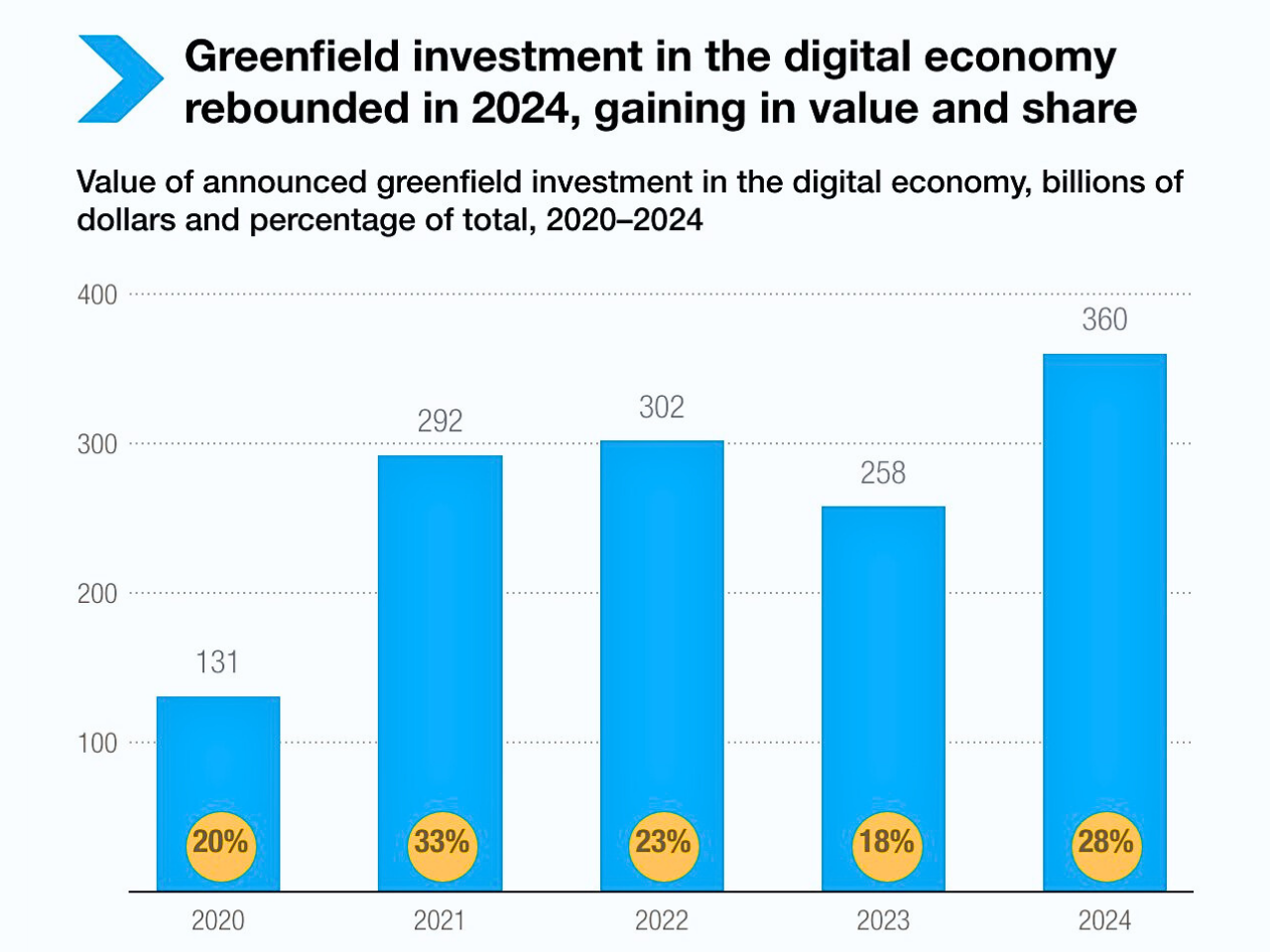
Global Military Spending Hits Record $2.7 Trillion: A Threat to Peace and Sustainable Development
A $2.7 trillion record for worldwide military expenditure in 2024, pursuant to a ten-year increasing trend, while SDGs strive to gain progress. It was assumed 20% of the Sustainable Development Goals are concentrated in the year 2030, and the yearly financial insecurity will rise up to $6.4 trillion
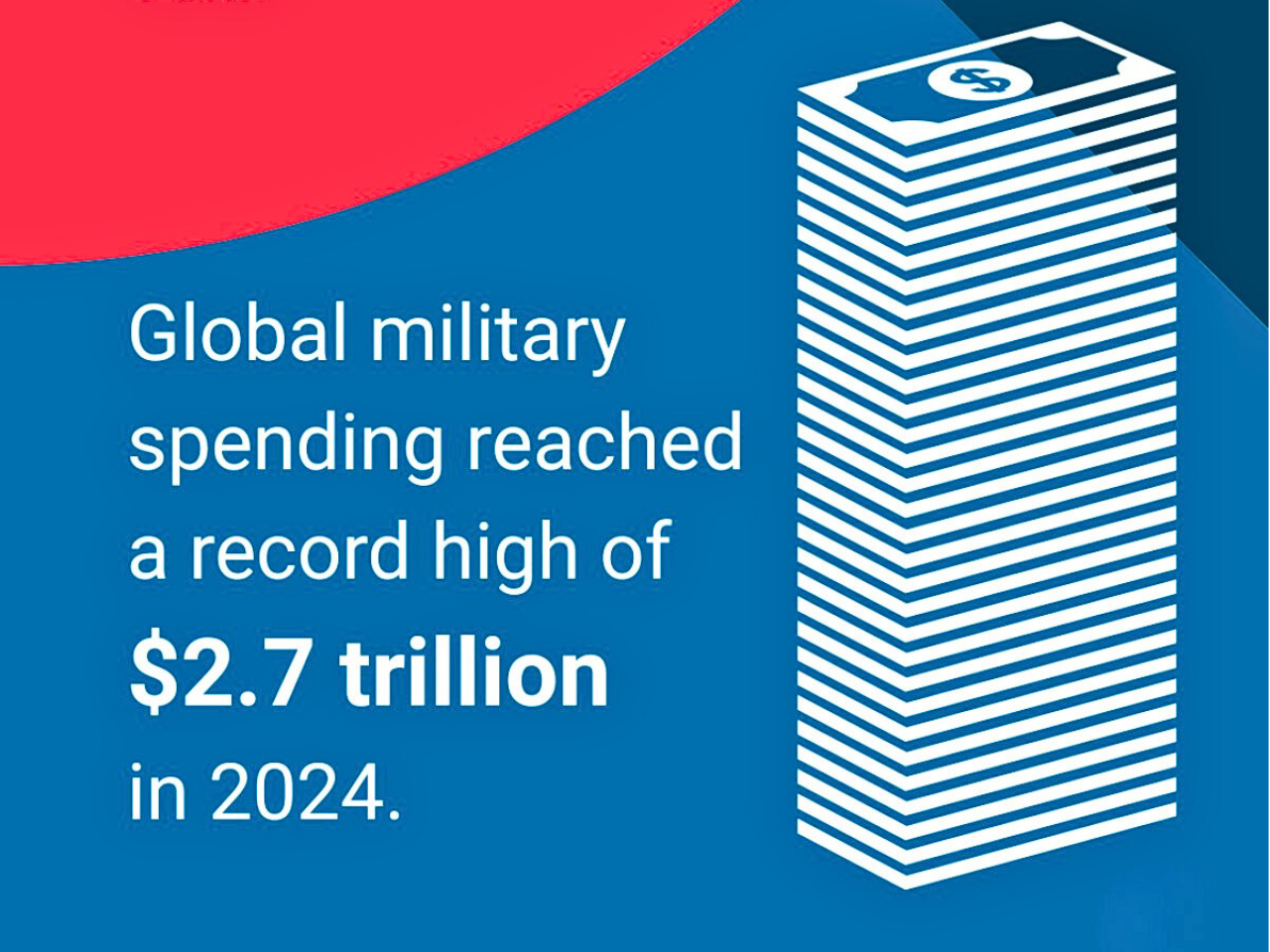
Bridging the Youth Job Gap: A Call to Action for Governments and Private Sector
Over 1.2 billion youth from emerging economies, or at-risk countries, will be entering the labor market. The situation is a bit dire since estimates say only about 420 million new jobs will be created in that time span. The gap is plainly an opportunity for looking for new solutions that hopefully will create jobs at scale and provide youth with the skills to work in an environment that is rapidly changing

Bridging the Digital Divide: $2.6-2.8 Trillion Needed to Connect 1/3 of Global Population
Saudi Arabia has calculated that it would require between 2.6 and 2.8 trillion dollars to provide internet access to everyone worldwide by 2030, as outlined in the Connecting Humanity Action Blueprint. The report emphasizes the required investment in infrastructure, skills, affordability, and regulatory frameworks if we want to connect the 1/3 of the global population not yet connected to the Internet
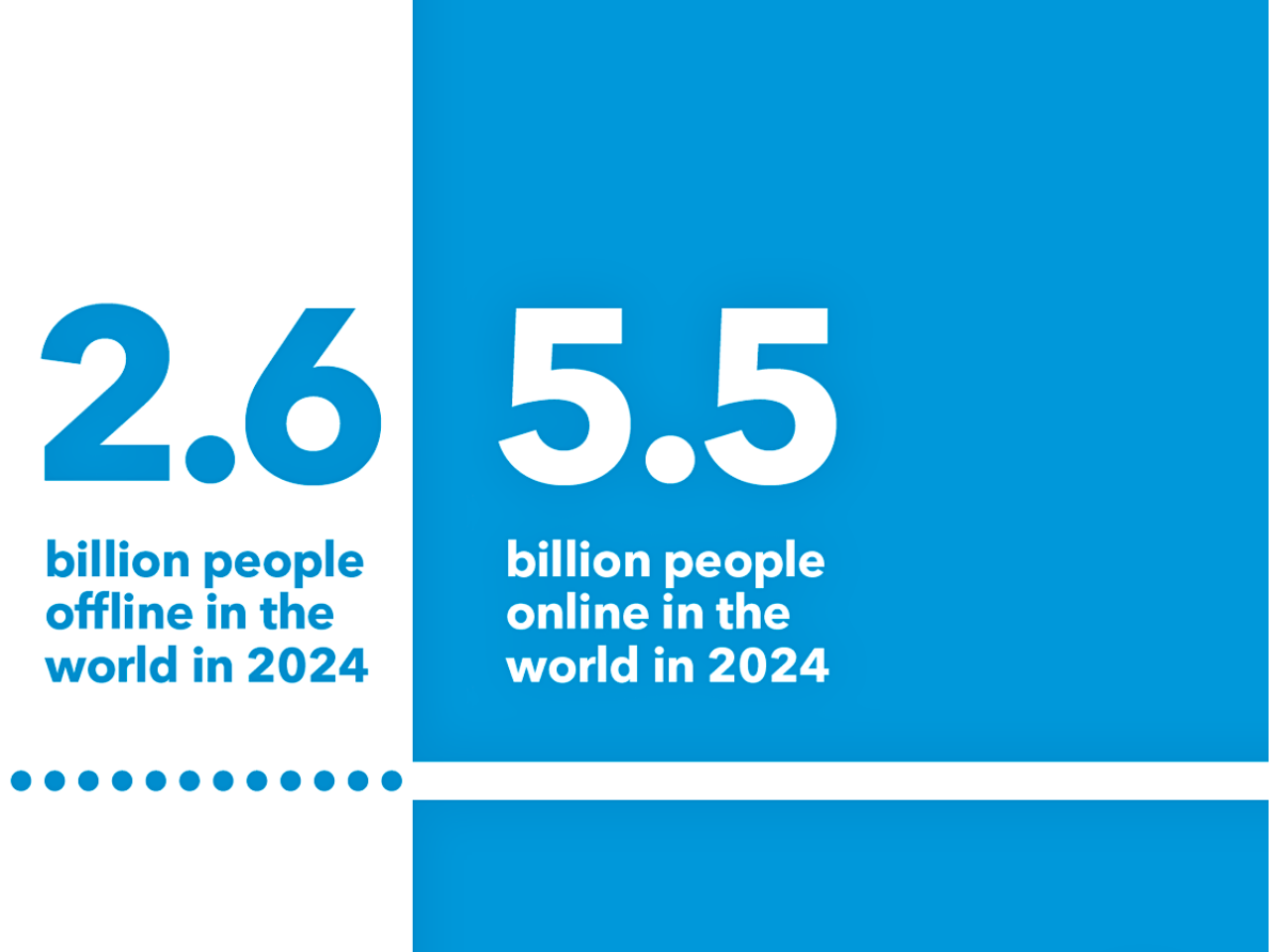
£8 Million Boost for Welsh Arts: 40 Organizations Receive Funding for Cultural Growth
Investment in theaters, galleries, cinemas, and art-based community centers by the government will ensure institutional development and generate interest among future generations by enjoying Welsh culture, heritage, literature, and language. This would be their part of economic growth from art sectors, will generate employment, and will generate income for local businesses

IFC Makes Historic $20 Million Investment in Bhutan's Power Sector for Enhanced Electricity Reliability
This financing, with the support of the Private Sector Window of the International Development Association, will bring Bhutan its first Bhutanese Ngultrum (BTN)-linked loan, create IFC’s first infrastructure investment in Bhutan, and be the first investment in the power distribution sector in Asia by a state-owned enterprise


